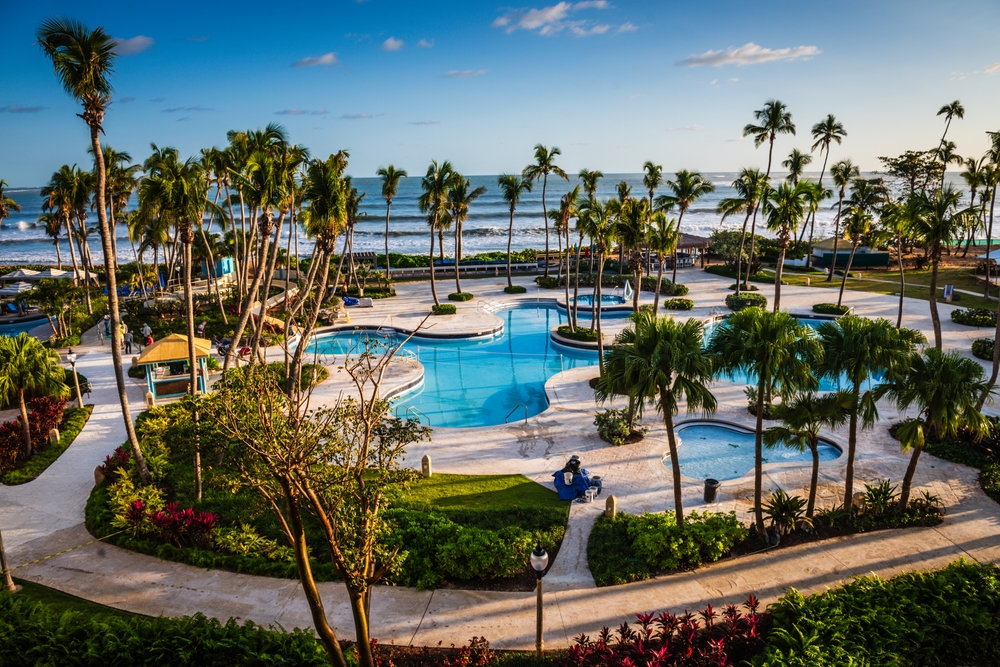Best Time for African Safari
Best Time for African Safari
Planning an African safari? Timing is crucial. The time of year can affect wildlife visibility, weather conditions, and overall experience. Different regions have varied peak seasons. This guide helps pinpoint optimal safari timing for popular destinations.
East Africa: Kenya and Tanzania
East Africa houses some of the most famous safari destinations, including the Serengeti and Masai Mara. These destinations are well-known for the great wildebeest migration.
The dry season in East Africa spans from late June to October. This period offers ideal conditions for game viewing. Animals gather around water sources, making them easier to spot. The vegetation is also less dense, providing clear sightlines.
The wildebeest migration typically reaches the Masai Mara in Kenya during July and stays until October. Witnessing river crossings during this time is a highlight. In Tanzania’s Serengeti, the migration moves from November to July. River crossings mainly occur between May and July.
Another great period is the calving season from January to March. This is when wildebeest give birth in southern Serengeti. Predators like lions and cheetahs follow the herds, offering thrilling game viewing opportunities. However, this period can coincide with short rains.
Southern Africa: South Africa, Botswana, Namibia, and Zambia
Southern Africa varies greatly in terms of climate and wildlife movements. South Africa’s Kruger National Park and Botswana’s Okavango Delta are two exceptional safari destinations.
The best time for a safari in South Africa is during the dry winter months from May to September. The cooler temperatures and scarce rainfall draw animals to watering holes. Additionally, the lack of foliage increases visibility.
The Okavango Delta in Botswana is best visited during the dry season, which corresponds to May through October. This is the time when the delta floods, creating a unique landscape. Game viewing is excellent around water channels and lagoons. Note that June to August can be chilly in the mornings and evenings.
Namibia’s Etosha National Park sees its peak safari season from June to November. The dry conditions cause animals to converge on waterholes. This period also provides less crowded parks and more relaxed game drives.
Zambia’s South Luangwa National Park offers outstanding game viewing from May to October. The dry season ensures easier spotting of wildlife around dwindling water sources.
Western and Central Africa: Uganda, Rwanda, and Republic of Congo
Gorilla trekking is a major highlight in Uganda and Rwanda. Both countries provide incredible opportunities to see mountain gorillas in their natural habitat.
The dry seasons, from June to September and December to February, are the best times for gorilla trekking. Rainfall is lower, making forest trails more passable. Additionally, gorillas tend to stay at lower altitudes during drier periods, making them easier to track.
In the Republic of Congo, Odzala-Kokoua National Park offers lowland gorilla tracking. The park is best visited from June to September during the dry season. However, unlike mountainous regions, this park remains accessible year-round.
Other Considerations
While dry seasons are generally preferred, certain areas offer unique spectacles during wet periods. For instance, the green season refers to the period after rains in regions like Botswana, Zambia, and Zimbabwe. The landscape turns lush and vibrant, and many species give birth.
This time, typically from November to April, offers dramatic scenery and fewer tourists. Birdwatching is also at its peak, with migratory species arriving from various parts of the world.
However, heavy rainfall can make some parts inaccessible. Consider accommodations and transportation when planning. Lodges may offer significant discounts during the green season. If you’re an avid birder or photographer, this could be an ideal period to visit.
Health and Safety
Regardless of the season, it’s essential to take malaria precautions in many areas. Consult a travel clinic for advice on medications and vaccinations. Insect repellent and long-sleeved clothing help reduce mosquito bites.
Weather conditions vary within regions. Be prepared for cold mornings and evenings during the dry season in some areas. Layered clothing adapts well to fluctuating temperatures. Bring rain gear if traveling during wetter periods.
Check entry requirements and travel advisories for your intended destinations. Some areas may require visas or permits for activities like gorilla trekking. Political situations can also fluctuate, so stay informed about the latest developments.
Insights from Local Guides
Local guides offer invaluable expertise. Their knowledge about animal behavior, migration patterns, and terrain enhances the safari experience. They provide safety tips and ensure responsible wildlife interactions.
In popular reserves, guides work closely with trackers. This teamwork improves chances of sightings, especially for elusive animals like leopards or rare birds. Engaging with local communities also enriches cultural understanding and supports sustainable tourism practices.
Conclusion
By carefully considering the timing of your African safari, you can maximize your chances of witnessing unforgettable wildlife moments. Whether it’s the dramatic river crossings of the Masai Mara or the peaceful elephant gatherings in Botswana, understanding the seasons will help you plan the ultimate adventure. Consult local experts, stay informed, and embrace the incredible diversity Africa has to offer.





